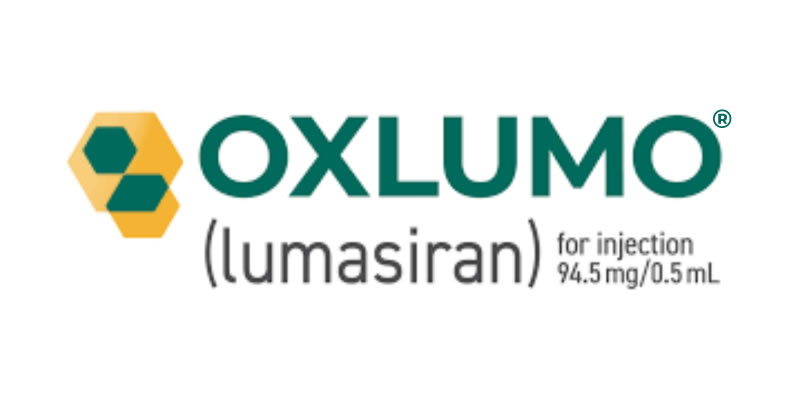Primary Hyperoxaluria Type 1 (PH1) is one of three primary hyperoxalurias caused by a genetic mutation. PH1 is a metabolic disorder where a substance called oxalate accumulates in the body due to a faulty gene. Normally, an enzyme located in the liver, alanine glyoxylate aminotransferase (AGT), is responsible for converting glyoxylate to glycine which is then metabolized by the body. In patients with PH1, the deficient AGT enzyme converts glyoxylate to oxalate. The overproduction of oxalate results in the build-up of calcium oxalate crystals in the kidneys which is one of the hallmarks of PH1 and its symptoms.
Oxalate is a common metabolic end product in the body and is normally excreted by the kidneys. However, in PH1, due to the overproduction of oxalate, the kidneys must excrete more oxalate than normal. This results in the accumulation of calcium oxalate crystals and can lead to kidney stones, kidney damage, and kidney failure. Once kidney function declines below a certain level, the kidneys are unable to excrete oxalate efficiently. This may result in calcium oxalate deposits in other parts of the body like the bones, eyes, and heart. This process is known as systemic oxalosis.
PH1 can be fatal and is typically caused by complications of end-stage renal failure or systemic oxalosis. This makes early diagnosis critical in preventing kidney damage.

